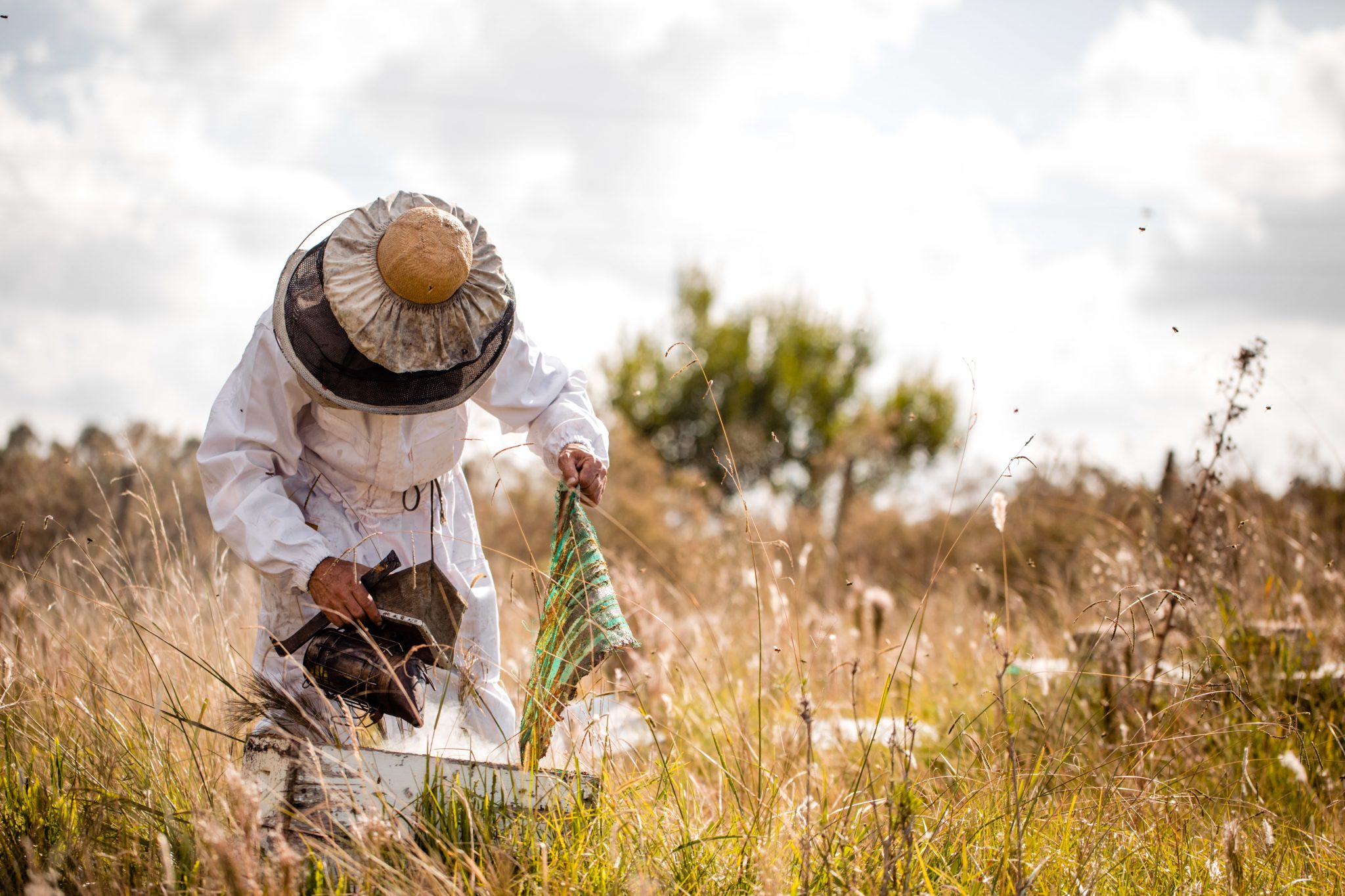For many, the past five years have been some of the more challenging on record, culminating with the unprecedented devastation caused by the 2019-20 bushfires. But despite the trying circumstances, Dr Doug Somerville, chair of the AgriFutures Australia Honey Bee & Pollination Advisory Panel, says that it was an era that will be reflected on as a roaring success for the industry.
“We have achieved some tremendous things over the past five years. Our role is to secure a productive, sustainable and more profitable Australian beekeeping industry and by strategically investing in research that focuses on all three of these core elements we have positioned our industry well as we head into a new Strategic Plan,” said Dr Somerville.
Reflecting on the last five years, Dr Somerville has identified five highlights; each having laid the foundations for a prosperous future for the industry.
Elevation of Australian honey as a superfood
Honey has been a staple of breakfast tables and kitchens for decades. For years it played an unsung, unglamorous role as a natural and delicious sweetener for everything from porridge, to tea and stir-frys.
But everything changed when the medicinal properties of honey began to elevate the product into a new sphere of health food category.
Initially, this evolution was led by research showing that New Zealand manuka honey is a potent killer of many bacterial pathogens. But in 2019 AgriFutures Australia funded-research led by the University of Technology, Sydney’s Professor Liz Harry and Dr Nural Cokcetin, discovered that specific chemical components relating to antibacterial activity of several Australian Leptospermum honeys was similar to that of its Manuka counterpart in New Zealand.
“If we can successfully elevate Australian honey into the superfood category it will be a major boon for the profitability of our industry. With no trade barriers for foreign honey, the health benefits of our honey ensures we have a level of differentiation for the 70% of Australian consumers who do not consider Australian-made as a key purchase consideration. It will enable us to charge a premium, leading to a more profitable industry.”
Moving towards a database of Australian honeys
In 2018, the industry was challenged by inaccurate media reports claiming that one in five Australian honey samples was adulterated. The misinformation was driven mostly by the fact the databases of honey used for comparison contained very few samples of Australian honey. Around 70% of Australian honey is produced from native plants and our unique flora means that our honey is just as unique.
Since those inaccurate reports, the industry has moved forward with plans to establish a database of Australian honeys based on a project undertaken by Jamie Ayton from the NSW Department of Primary Industries (DPI).
According to Dr Somerville, the findings from the NSW DPI project are a guiding light for the industry.
“The findings from the NSW DPI report are clear and set us on the right trajectory to ensure that our honey is accurately tested. As recommended by the report, we will progress with the establishment of an Australian honey standard and database of Australian honeys that reflects the true variability in the chemical composition and variability of Australian honeys.”
“Australian beekeepers are proud of their honey, it’s some of the most pure in the world. With this work underway we will be providing them with the support they need to stand up against future misinformation,” said Dr Somerville.










